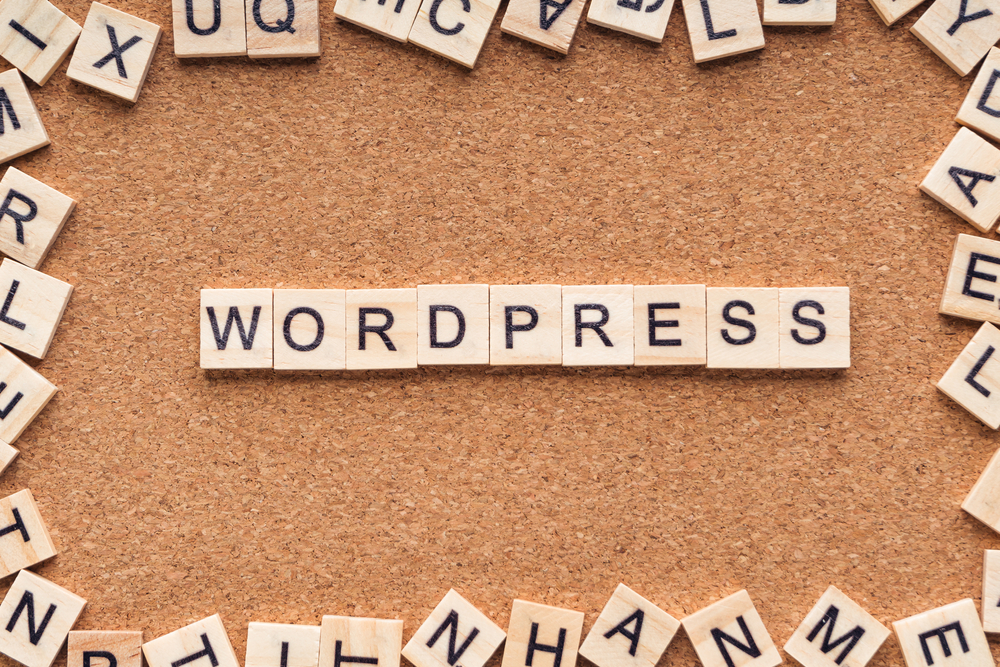
Mastering WordPress Website Customization: Expert Tips and Tricks for Effortless Maintenance

Creating a WordPress website is a relatively simple task, but customizing it to suit your unique needs can be a daunting process. Fortunately, with the right tips and tricks, you can master WordPress website customization effortlessly. In this article, we'll explore expert techniques that will help you take full control of your WordPress (the platform for bloggers) website and ensure easy maintenance for the long run.
1. Choose the Right Theme:Selecting a suitable theme is crucial when customizing your WordPress (the blogging platform) website. With thousands of options available, it can be overwhelming to find the perfect one. However, keep in mind the purpose and target audience of your website. A well-designed theme with robust functionality can save you countless hours of customization in the future.
2. Customize with Child Themes:
When making changes to your WordPress theme, it's important to use child themes. A child theme is a modified version of a parent theme that allows you to make alterations without affecting the original files. This is vital because when the parent theme releases updates, your changes won't be overwritten.
3. Utilize the Customizer:
WordPress (or WP) offers a built-in Customizer that allows you to customize various aspects of your website in real-time. From changing colors and fonts to modifying layouts and backgrounds, this tool provides a user-friendly interface to personalize your website effortlessly. Take advantage of it to see the changes in real-time as you make them.
4. Make Good Use of Plugins:
WordPress (WP) plugins are a game-changer when it comes to customization. Whether you need advanced design options, improved functionality, or enhanced security, there's a plugin for almost everything. However, be cautious not to overload your website with unnecessary plugins, as it can slow down your site's performance.
5. CSS Customizations:
HTML and CSS are the building blocks of every website, and WordPress is no exception. Understanding basic CSS can help you make customizations beyond the limits of the theme's settings. By adding CSS code snippets to your website, you can tweak the appearance and layout. Remember to create a child theme and add the CSS modifications there to avoid losing changes with theme updates.
6. Learn About Widget Areas:
WordPress utilizes widget areas to control the placement and content of specific sections on your website. Widget areas can include sidebars, footers, headers, and more. Familiarize yourself with how widget areas work, as they allow you to add various functionalities to your website without having to touch the code directly.
7. Master the Menu System:
Navigational menus play a vital role in guiding visitors through your website. WordPress allows you to create and customize menus easily. With a simple drag-and-drop interface, you can organize your pages, categories, and custom links to create a seamless user experience. Utilize this feature to enhance the overall user-friendliness of your website.
8. Optimize for Speed:
Website speed is a critical factor that affects user experience and search engine rankings. Optimize your WordPress website for speed by using caching plugins, optimizing images, reducing external HTTP requests, and minimizing CSS and JavaScript files. A faster website not only improves user satisfaction but also contributes to higher conversion rates.
9. Regularly Update Core, Plugins, and Themes:
WordPress is a constantly evolving platform, and staying up to date with the latest versions is crucial for security and functionality. Regularly update the WordPress core, plugins, and themes to ensure your website is protected against vulnerabilities. Updating also brings new features and bug fixes that enhance the overall performance.
10. Backup Your Website:
No matter how well you maintain your website, unforeseen circumstances can occur. Make it a habit to regularly backup your WordPress website to safeguard your hard work. Numerous backup plugins are available that automate the process, allowing you to restore your website easily in case of any mishap.
Frequently Asked Questions:
Q1. Can I customize my WordPress website without coding skills?A1. Absolutely! WordPress provides a range of customization options that can be achieved without any coding knowledge. However, knowing some CSS basics can help you customize your website even further.
Q2. How many plugins should I install on my WordPress website?
A2. It is recommended to install only necessary plugins to avoid unnecessary load on your website. While there is no specific limit, keeping the number of plugins below 20 is generally considered safe.
Q3. Will customizations be overwritten when I update my theme or plugins?
A3. If you make customizations directly within the theme or plugin files, they will likely be overwritten during updates. However, using child themes and custom CSS ensures that your changes remain intact.
Q4. Can I change my theme without losing my customizations?
A4. Yes, switching themes does not impact your customizations made with CSS or using a child theme. However, some theme-specific customizations may need to be reconfigured with a new theme.
Q5. How often should I update my WordPress website?
A5. Regular updates are essential for security and performance reasons. It is recommended to update your WordPress website, plugins, and themes as soon as updates are available.
Other useful resources
- https://www.wordpress24plus.com/wordpress-tools-directory/
- https://en.wikipedia.org/wiki/WordPress
- https://www.wordpress24plus.com/wordpress-tools-directory/wordpress-themes/